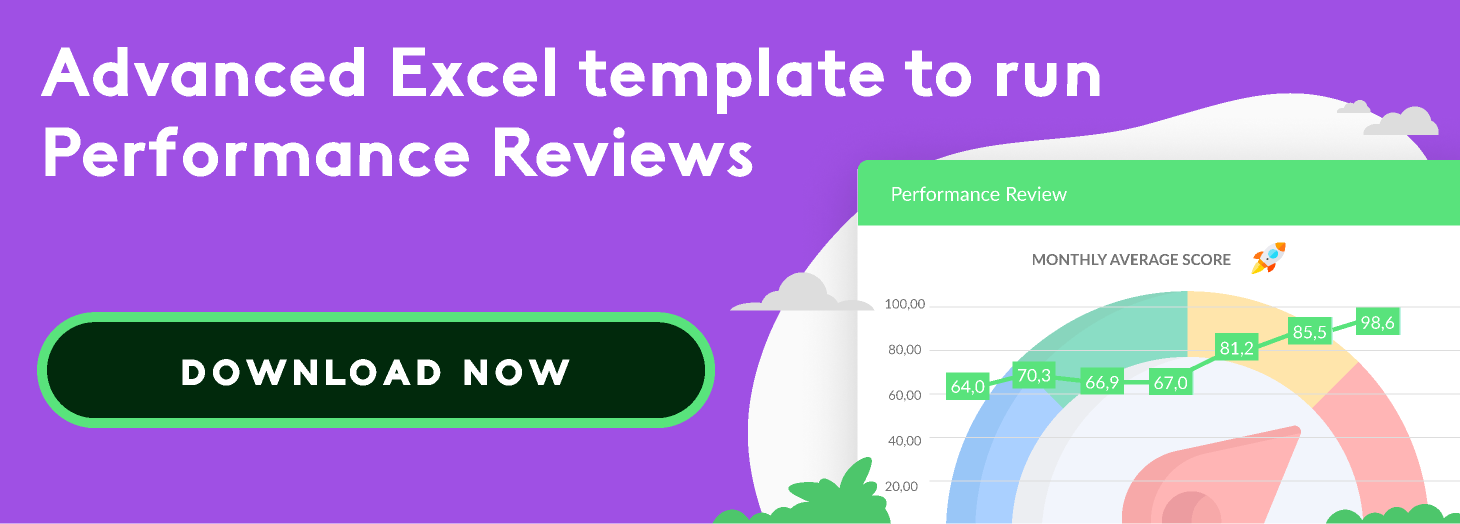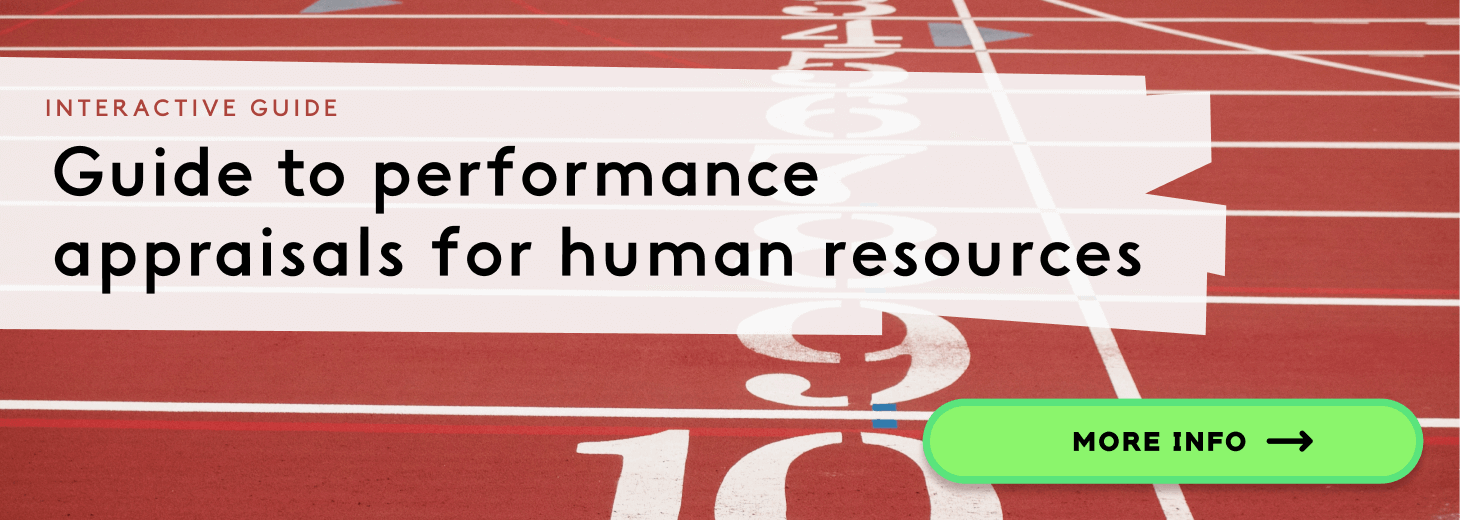If you’re going to do a 270-degree performance review, you need to know what kind of information it can provide, your alternative options, and the steps you need to take.
What is a 270-degree performance review?
In a 270-degree review, the employee’s performance is evaluated by their line manager, collaborators, and teammates.
This type of performance evaluation uses feedback from three different reviewers. The results should help the company obtain information about the worker’s development and their contribution to the company.
Advantages of this method
The 270-degree performance review brings with it certain advantages:
- It can be adapted to the company’s interests and requirements.
- It allows the company to observe the employee’s strengths and weaknesses.
- The worker gains a better understanding of what is expected of them, which builds culture and engagement.
- The parties gain valuable information to evaluate how well measures are working.
- The company acquires a route map to help plan business decisions.
- Using this method gives the company credibility.
- Using review systems demonstrates the company’s interest in improving performance and promoting professional growth.
Disadvantages of the method
The main disadvantage of this method is that, unlike with some alternatives, we lose the client feedback. If we are assessing a customer-facing employee, it is important to include the client view.

The objectives of 270-degree performance reviews
Although the main objective of this evaluation is to measure the worker’s performance, it also fulfils other purposes:
- Verifies that individual goals are being met.
- Places value on the individual contribution of each employee.
- Improves the relationship between teammates and the working environment.
- Helps to identify and pre-empt problems.
- Provides objective information to consider promotions or improvements in conditions.
- Identifies training or mentoring needs.
The differences between 90, 180 and 360-degree reviews
There are different types of performance reviews we can use to evaluate a professional’s work. These are described in degrees; so, we have 90, 180, 270 and 360-degree appraisals.
Firstly, the 90-degree appraisal only involves the employee’s line manager, so it is restricted to one person’s perspective.
The 180-degree performance review involves the manager, as well as the employee themselves, who will carry out a self-assessment.
Lastly, we have the 360-degree performance review. This is the most inclusive as it brings together feedback from teammates, superiors, partners, and clients, etc.
As we can see then, the main difference between them is the number and type of reviewers and, in turn, the depth and value of the feedback gathered.
Steps to organise a 270-degree performance review
If you’re not sure how to go about doing a performance review, see our guide below to the steps you need to take.
1. Check the organogram
The organogram outlines the company structure, so it’s a very helpful tool to find out who you need to involve in an employee’s appraisal. In the case of a 270-degree review, remember you need to involve the line manager, collaborators, and teammates.
2. Make the whole workforce participate
Before you implement a review process, we recommend doing an internal communication campaign, so the staff understand the process, are aware of the objectives and know what to expect. It’s essential to make it clear that the objective is to improve the company’s productivity and not to punish or penalise.
3. Prepare the appraisal
The 270-degree review will be a challenge for any company as it involves so many people. As such, many companies use performance review software to help them automate the process and make it faster and more efficient.
Software will let you automatically send out the questionnaire to reviewers, receive the information on the same platform and easily interpret the data for the final evaluation.
4. Agree next steps
When you meet with the employee to deliver feedback, make sure to work together on an action plan and establish next steps. The appraisal is not the end of the journey, but rather a starting point to improve the weaker elements identified and nurture the strengths.

How to analyse the 270-degree performance review
The performance analysis is a fundamental step, as it allows us to extract conclusions from the data gathered. The HR department usually does this part of the review, as they are normally the ones who receive all the feedback.
Generally, this includes quantitative and qualitative analysis. In other words, on one hand they interpret the scores achieved on certain KPIs and measure them against an average. On the other hand, they will complete a general assessment based on the comments received.
The analysis process will vary greatly depending on how we design the appraisal in the first place. Each company, therefore, will adapt it to its own needs.



